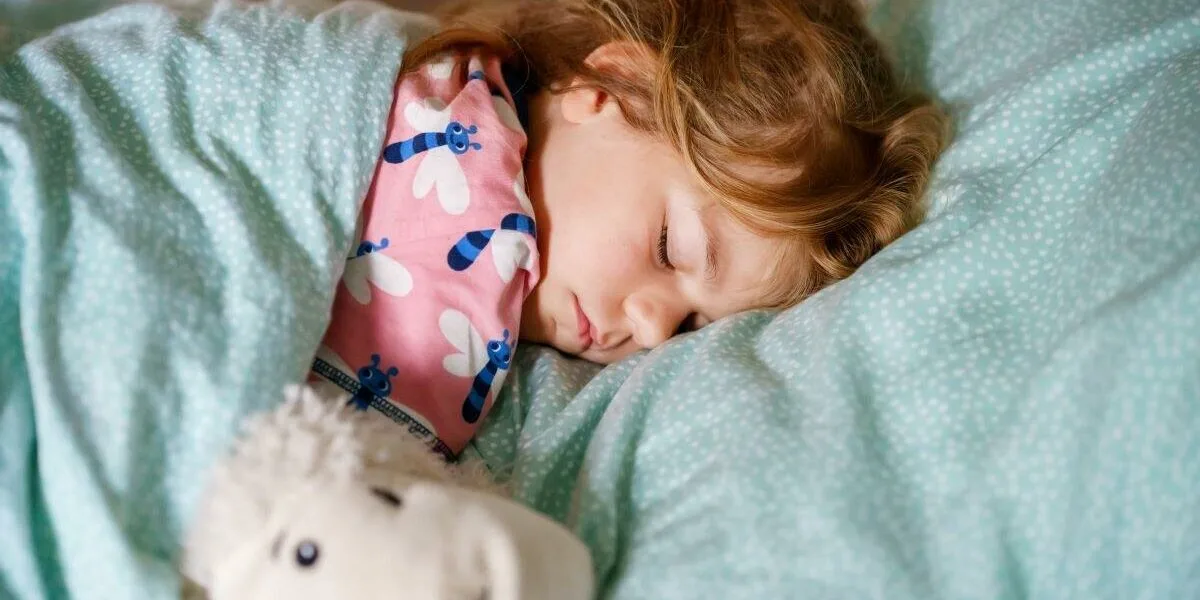The Sleep Puzzle: Solving Sleep Issues in Children with Autism and Sensory Processing Disorder

The Sleep Puzzle: Solving Sleep Issues in Children with Autism and Sensory Processing Disorder
Introduction
Sleep plays a crucial role in the development and well-being of every child, especially those with Autism Spectrum Disorder (ASD) or Sensory Processing Disorders (SPD). However, these children often face various sleep-related challenges, including difficulty falling asleep, staying asleep, and achieving deep sleep. Sleep is an essential aspect of every child’s life, and it plays a particularly crucial role in the development and well-being of children with Autism Spectrum Disorder or Sensory Processing Disorders. By implementing scientifically-backed strategies, parents and caregivers can create a sleep-conducive environment, support a regular sleep schedule, and incorporate various relaxation techniques.It is crucial to implement scientifically-proven strategies to create a conducive sleep environment and establish a consistent sleep routine.
- Establishing a Regular Sleep Schedule
One of the fundamental steps in improving a child’s sleep cycle is establishing a regular sleep schedule. Maintaining a consistent bedtime and wake-up time helps regulate the body’s internal clock, enabling the child to develop a healthy sleep-wake cycle.
2.Creating a Sleep-Friendly Room Environment
The sleep environment can significantly impact a child’s ability to rest. Design the bedroom with sleep in mind, ensuring it is a relaxing and comfortable space. Consider using blackout curtains to block out external light and provide a quieter sleep environment. Soft and cosy bedsheets and pillows can also contribute to a more comforting sleep experience.
- Understanding the Impact of Nutrition on Sleep
The relationship between food and sleep is significant, especially for children with ASD or SPD. Providing the last meal at least two hours before bedtime can prevent discomfort and digestion issues during the night. Opting for a light, balanced dinner can contribute to better sleep quality.
- Stories and Lullabies for Better Sleep
Stories and lullabies are powerful tools that can aid in enhancing a child’s sleep experience. Stories can be read or told to the child before bedtime, helping them understand the importance of sleep and the bedtime routine. These stories can also instill a sense of security and relaxation, making it easier for children with ASD or SPD to fall asleep.
Lullabies, on the other hand, are a time-honored tradition for soothing infants and young children into sleep. The gentle melodies and repetitive nature of lullabies can help calm the child’s mind and create a comforting sleep environment.
- Avoiding the Use of Mobile Phones and Screens
Excessive screen time, particularly before bedtime, can disrupt a child’s sleep patterns. The blue light emitted by screens can interfere with the production of melatonin, a hormone that regulates sleep-wake cycles. As a result, it becomes harder for children to fall asleep and achieve a restful slumber.
To promote better sleep, it is essential to limit screen time at least an hour before bedtime. Encourage alternative calming activities such as reading a book, engaging in gentle play, or listening to soothing music instead.
- The Soothing Power of Music
In addition to lullabies, other calming music can also be a valuable aid in promoting relaxation and creating a calming sleep environment. Soft tunes or calming instrumental melodies can help soothe the mind and body, making it easier for children to transition into sleep.
- Incorporating Aromatherapy for Serenity
Dhoopanam, an Ayurvedic practice involving smoking indoors with healing herbs like aparajitha choornam, can infuse the room with a pleasant aroma. Aromatherapy has been shown to have therapeutic effects, inducing relaxation, reducing anxiety, and promoting overall well-being. This calming atmosphere can contribute to a better sleep experience for children.
Conclusion
In conclusion,It is important to remember that every child is unique, and what works for one child may not work for another. Hence, it is essential to observe and adapt these strategies to suit the individual needs of the child. With patience, understanding, and a commitment to improving sleep habits, parents and caregivers can help their children with ASD or SPD enjoy the benefits of a good night’s sleep for their growth, development, and overall happiness.
In conjunction with these strategies, incorporating alternative therapies such as Jeevaniyam Ayurveda can provide additional benefits for children with ASD or SPD. Jeevaniyam Ayurveda offers various treatments, including different types of Dharas and therapies like music therapy and sensory integration therapies. These therapies can help create a holistic approach to managing sleep difficulties and promoting overall well-being.
By combining these approaches, parents and caregivers can provide a comprehensive and individualised approach to improving sleep for children with ASD or SPD. However, it is important to remember that each child is unique, and what works for one may not work for another. Therefore, it is crucial to consult with healthcare professionals and experts in the field to determine the most suitable strategies and therapies for each child.

